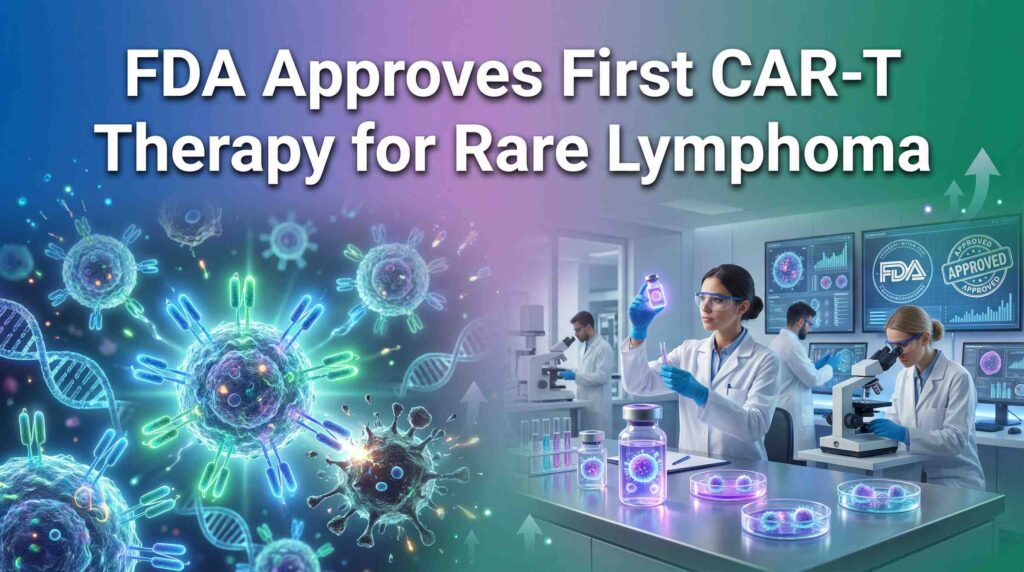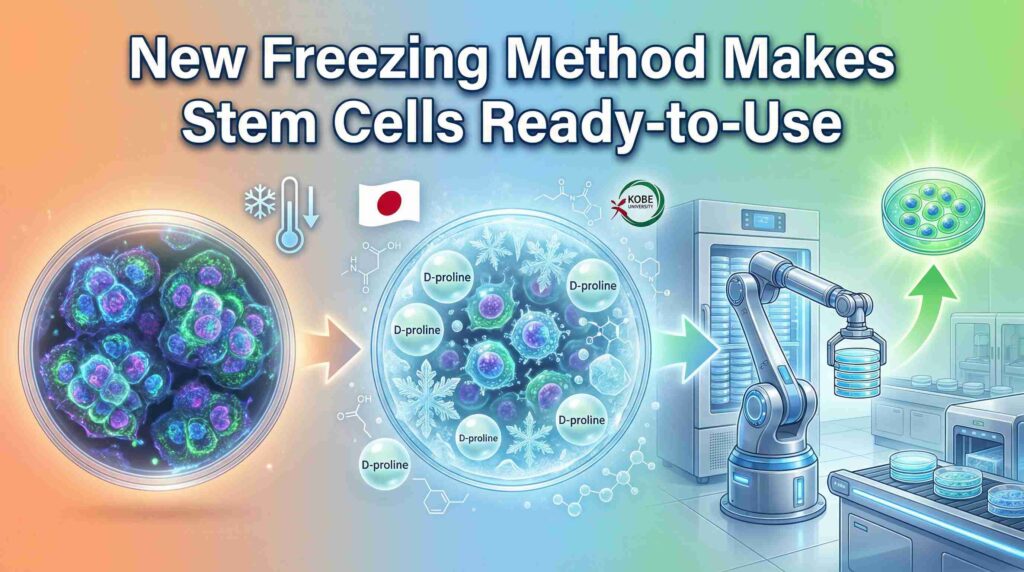Did you ever think that a single cell could hold the key to unlocking mysteries of human health?
Welcome to the transformative world of induced pluripotent stem cells (iPSCs), a groundbreaking advancement in medical science that promises to revolutionize both research and therapy.
As we delve into this fascinating topic, let’s explore how these powerhouse cells are not just shaping the future of medicine, but potentially offering cures to previously untreatable ailments.
Historical Development of iPSC Technology
The journey of iPSC technology is nothing short of a scientific saga. It began with a landmark discovery by Shinya Yamanaka in 2006, who showed that mature cells can be reprogrammed to an embryonic-like state by introducing specific genes.
This breakthrough not only earned him a Nobel Prize but also turned the tide in regenerative medicine and biomedical research.
Milestones in iPSC Development
- 2006: Introduction of four key genes into adult cells, reprogramming them to pluripotent stem cells.
- 2007: First demonstration of human iPSC generation.
- 2010s: Advancements in safety and efficiency of iPSC creation.
These milestones underscore a pivotal shift from the ethical dilemmas surrounding embryonic stem cells to a more universally acceptable approach in iPSCs.
Key Applications of iPSCs in Medical Research
iPSCs are like the Swiss Army knife of the cellular world—versatile and powerful. Let’s look at how they are currently used in medicine.
Disease Modeling
Imagine creating a “disease in a dish.” iPSCs allow researchers to model diseases, providing a profound understanding of ailments like Alzheimer’s and Parkinson’s at the cellular level.
Drug Discovery and Testing
Here’s where iPSCs truly shine! They enable the screening of potential drugs and allow for safer drug testing processes, reducing the dependency on animal models and speeding up the timeline from the lab to the clinic.
Personalized Medicine
iPSC technology tailors treatments to individuals’ genetic makeup, heralding a new era of personalized medicine. It’s like having a treatment designed just for you!
Therapeutic Applications of iPSCs
In therapy, iPSCs are not just a tool for research—they are potential treatments themselves.
Regenerative Medicine
From healing wounded tissue to replacing damaged organs, iPSCs are at the forefront of regenerative medicine.
Examples of Regenerative Applications:
- Skin Regeneration: Helping burn victims heal faster with fewer scars.
- Organ Repair: Potentially growing organs for transplantation, reducing the need for donors.
Cell Replacement Therapy
This is where iPSCs’ ability to transform into any cell type proves invaluable, particularly in treating conditions like spinal cord injuries and heart disease by regenerating the specific cells needed.
Advancements in iPSC Technology
Recent technological leaps have enhanced iPSC generation’s efficiency and safety, making it a more viable option in clinical settings. Innovations in gene editing, like CRISPR, and better ways of cultivating iPSCs have significantly propelled their practicality forward.
Current Trends and Innovations
- CRISPR: Sharpening the precision of genetic modifications in iPSCs.
- 3D Bioprinting: Using iPSCs to create structured tissues like blood vessels and even organs.
Challenges and Ethical Considerations
Despite the excitement, iPSC research is not without its challenges. Issues like genetic stability and the long-term safety of iPSC-derived therapies are still under scrutiny.
Ethically, while iPSCs bypass the controversies of embryonic research, their potential for creating entire organisms or for questionable enhancements brings new debates.
Key Ethical Issues:
- Genetic Privacy: Protecting the genetic information of individuals from whom iPSCs are derived.
- Consent: Ensuring donors are fully informed about how their cells might be used.
Case Studies and Success Stories
Let’s take a closer look at some real-world applications where iPSCs have already made a significant impact:
- NEI Clinical Trial for Geographic Atrophy: The National Eye Institute (NEI) conducted a pioneering clinical trial using patient-derived iPSCs to treat geographic atrophy, a severe form of AMD. This study aimed to replace dying retinal pigment epithelial (RPE) cells with iPSC-derived RPE cells, potentially preventing further photoreceptor cell death and consequent vision loss. This trial marked a significant advancement in stem cell therapy, emphasizing its potential to restore vision in conditions previously deemed untreatable.
- RIKEN’s Study in Japan: In another noteworthy application, researchers at the RIKEN Center for Developmental Biology in Japan conducted a study where iPSC-derived RPE cell sheets were transplanted into a patient with exudative AMD. This method showed promise in maintaining visual function without any signs of immune rejection or adverse proliferation for a significant period post-transplantation. This case study is an excellent example of how autologous iPSC-derived cell therapies are being developed and tested for safety and efficacy in real-world settings.
The Future of iPSC Applications
The potential of iPSCs to reshape medicine is immense. Experts predict that within the next decade, we might see iPSCs regularly used to treat a range of conditions, from diabetes to myocardial infarctions.
Conclusion
The road ahead for iPSCs is as exciting as it is fraught with challenges. But one thing is clear: the unlocking the potential of induced pluripotent stem cells holds promise not only for those suffering from debilitating diseases but for all of us, heralding a new era of medical innovation and hope.


